On the Genealogy of a Bad Sauna - Part IV
The Optimal Sauna
This is the fourth part of a five-part exploration of sauna pods, optimization culture, and the joys of bathing.
It was not until I drove the two hours back from Ohio to Pittsburgh and plugged in my new antique that I realized it was irreparably busted. I should’ve known when the man behind the Dollar General called out “No give-backs!” as I drove away. This sad, inert object had become my burden now—its reference to the evolution of sweat bathing in the modern world, merely my share of an American legacy.
Some have told me that, properly speaking, the U.S. has no sweat bathing culture—nothing approaching the Russian banya, for example, or the Temescal of central America. I disagree—it’s exactly objects like this sauna pod that define the American approach to sweat bathing: superficial, mechanical, solitary, profane, fueled by the marketing of desire and the desire to make a quick buck. As Americans, we possess a cultural vernacular defined by the exigencies of capital and a mechanistic worldview.
Since the manufacture of my fiberglass sweat pod, computation has replaced the machine as the universal metaphor. While metaphor is a powerful tool for helping us to access novel perspectives, it also has a way of circumscribing us, confining how we perceive the world and ourselves. Under a regime of mind as computation, we have become not simply machines, but computing machines, which process information, store memories, and optimize. Of course, this is not literally how minds, or brains, or people work, but rather an allusion to a human creation, the computer, which is at best an imperfect and ultimately unreal model of human consciousness. Nevertheless, the metaphor creates confusion, obfuscating much of the human experience even as it elucidates other aspects.
As the philosopher Byung-Chul Han has pointed out, “processors are faster than a human being precisely because they neither think nor understand; they only calculate.” In the absence of better metaphors for the mind’s powers and phenomena, however, computers are an especially seductive simulacra. Most experts today are hard-pressed to explain the workings of the mind and consciousness without reference to the language of computation theory. This has a palpable effect on human society: If humans imagine themselves to be computers, then gone is any appreciation of the human being as a source of pleasure, joy, mystery, creative spark, or divinity. What is left is a deeply simplistic debasement of the human being as a mere object; the very meaning of life reduced to the imperative to optimize.
Further, a compulsion to optimize becomes boundless, never allowing for completion. Rather, it is a never-ending drive, which pushes beyond the confines of traditional work, overrunning even those realms most explicitly defined in terms of non-production: rest and idleness. And so it comes as little surprise that optimization should invade the sauna.
Last January, I attended a lecture in which the speaker discussed using sauna as an exercise in productivity, employing the finance term “ROI”, or Return on Investment, to describe the proper way to think about sauna. In this case, the “return” derives not merely from the health benefits “accrued” through regular sauna use, but through the oxymoronic phrasing “productive idleness.” (Predictably, the lecture ended in a pitch for an app.) Meanwhile, 2,500 miles away in a sauna in San Francisco, a friend of mine watched as a man started doing burpees on the sauna floor—a vigorous exercise involving push-ups, squats, and jumping.
These anecdotes serve to illustrate a much larger trend of authors, podcasters, life coaches, and influencers who extol the virtues of sauna and ice baths for the purposes of optimizing any number of measurable phenomena—brain chemistry, muscle growth, testosterone levels, even happiness—endless “why is Finland the happiest country in the world” articles. Within these circles, sauna and cold plunge are often described as a form of therapy—contrast therapy—further re-defining these activities in terms of self-improvement, thus making them legible to anyone whose chief concern is productivity. Far less is said about how a sauna might simply make you feel good.
Often referred to as “biohacking”, the drive to optimize one’s body and thus performance often takes the form of implants or wearable devices such as the one pictured above. After studying the box for five minutes I honestly couldn’t figure out what “Braintap” is or how it works.
This cultural fixation on productivity, which has gone so far as to infiltrate saunas and other spaces formerly associated with relaxation, is at least 500 years in the making. What began with the break-up of the feudal order and the coercion of Medieval peasants to relinquish their feudal rights and “get a job” has, by virtue of first a mechanistic and then computational world-view, brought us to a self-imposed regime of optimization.
We have come a long way from the leisurely stews of Medieval England, the transcendent waters of Aquae Granni, or the “lazy” bathhouses of ancient Syria. In fact, despite the vast diversity of sweat bathing practices that can be found throughout history, none has focused so narrowly on productivity and optimization as the current American model. Under such an impoverished and puritanical approach to sweat bathing, life has become unceasing work, never punctuated by the type of empty time that might prompt an unpleasant moment of reflection.
“Self-improvement is masturbation.”
Tyler Durden, Fight Club
This is the fourth part of a five-part exploration of sauna pods, optimization culture, and the joys of sweat bathing. Tune in next week for Part V.





